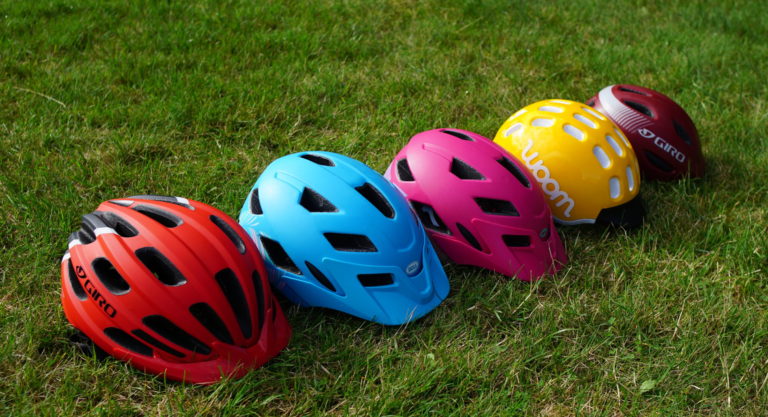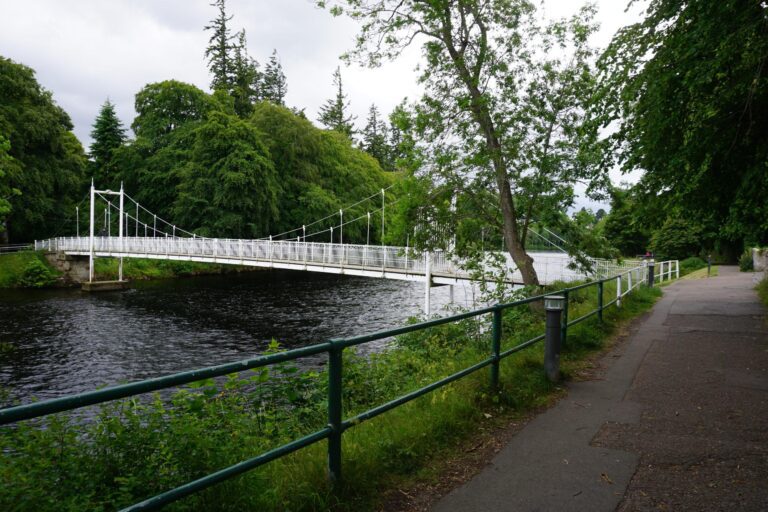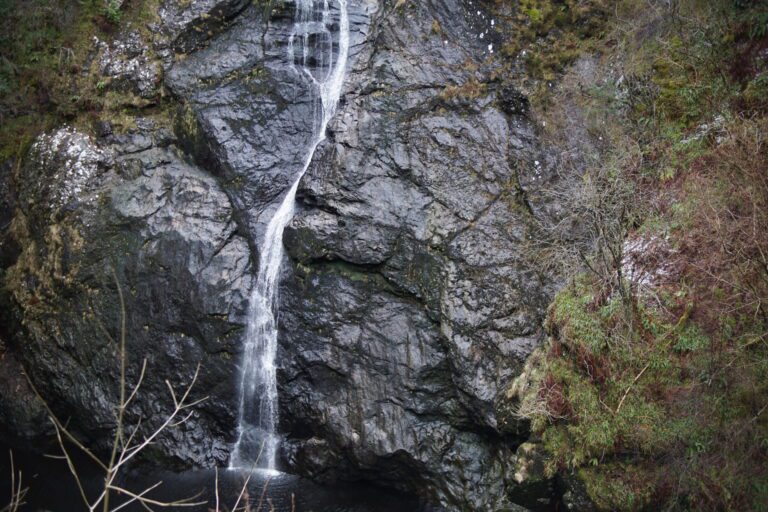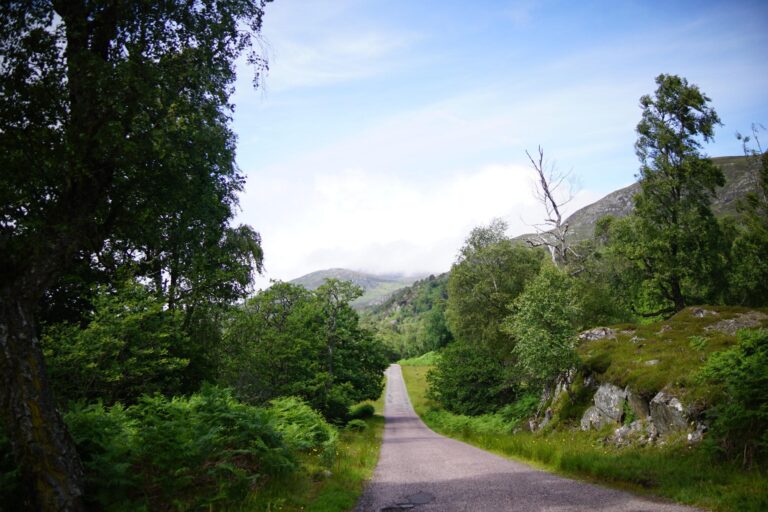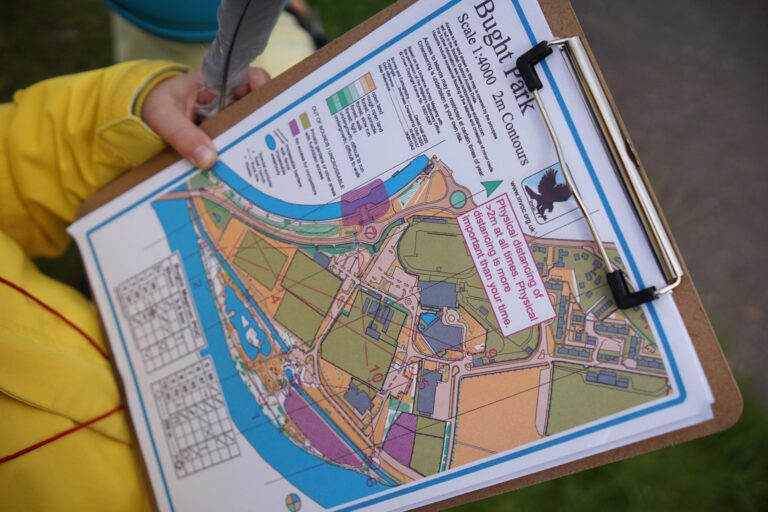Geocaching with Kids
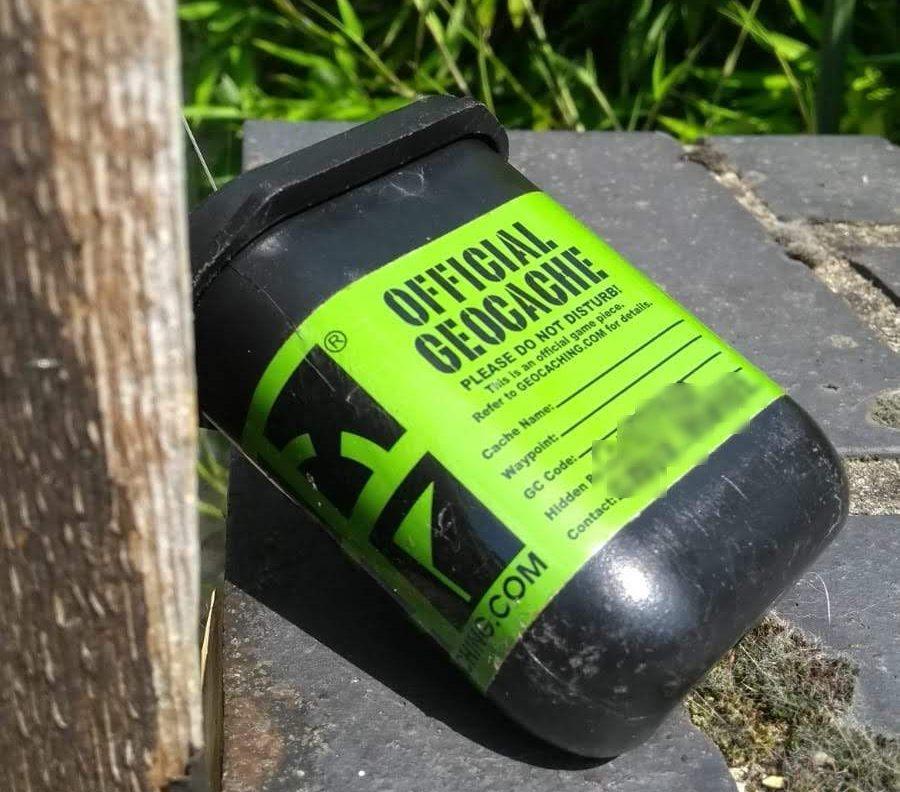

Geocaching is like a treasure hunt that is happening all over the world! It is also a fantastic way to motivate children on a walk or bike ride, and help them to have fun outdoors. In this article we’ll explain how you can get started with geocaching, and some particular considerations when geocaching with children.
- What is Geocaching? Why do it with kids?
- Getting started
- How to Geocache – A step by step guide
- Next Steps
What is Geocaching? Why do it with kids?
All over the world, people have hidden objects (caches) which you can hunt for using GPS (Global Positioning System), either on a smartphone or a specialist GPS unit. Caches vary enormously in size, some will be absolutely tiny with only a small scrap of paper as a logbook. Others can be large tupperwares filled with trinkets and toys. Geocaches are permanent – you replace them after you find them so that others can enjoy them too. But you can take objects out of the geocache, or swap some of the trinkets (treasure!) for something that you brought along yourself
Geocaching is a really fun hobby to do with children. They can enjoy hunting for the cache, perhaps using the clues provided or even unscrambling a code for some caches. It’s really fun to see what clever way the cache-owner has used to disguise their cache, and what treasure is waiting inside. Looking for the next geocache can be a great way to motivate children to keep going on a walk. There are also some side benefits, like improved navigation skills, as children learn to use a GPS unit and to match features on the geocaching map to the landscape around them.
Getting started – what will we need?
You don’t need much to go geocaching:
- A smartphone or GPS unit. If you are using a smartphone, you will need to download the Geocaching App and create an account. It is free to download and use the app, but there is a premium option with additional features, including certain caches that are Premium-only. I’d recommend just getting the basic free option to start with, and seeing how you get on.
- Some small trinkets and treasures. Larger geocaches will have SWAG in them. SWAG stands for ‘Stuff We All Get’, and is usually some fun small items of minimal value. This could be things like keyrings, small plastic toys, matchbox cars, Christmas cracker puzzles, or small bouncy balls. It shouldn’t be something edible, or something that is likely to be damaged by some exposure to the elements. This is a FANTASTIC opportunity to persuade your children to shed some of their plastic toy collection, but do remember that they may come home with different toys that they pick up along the way!
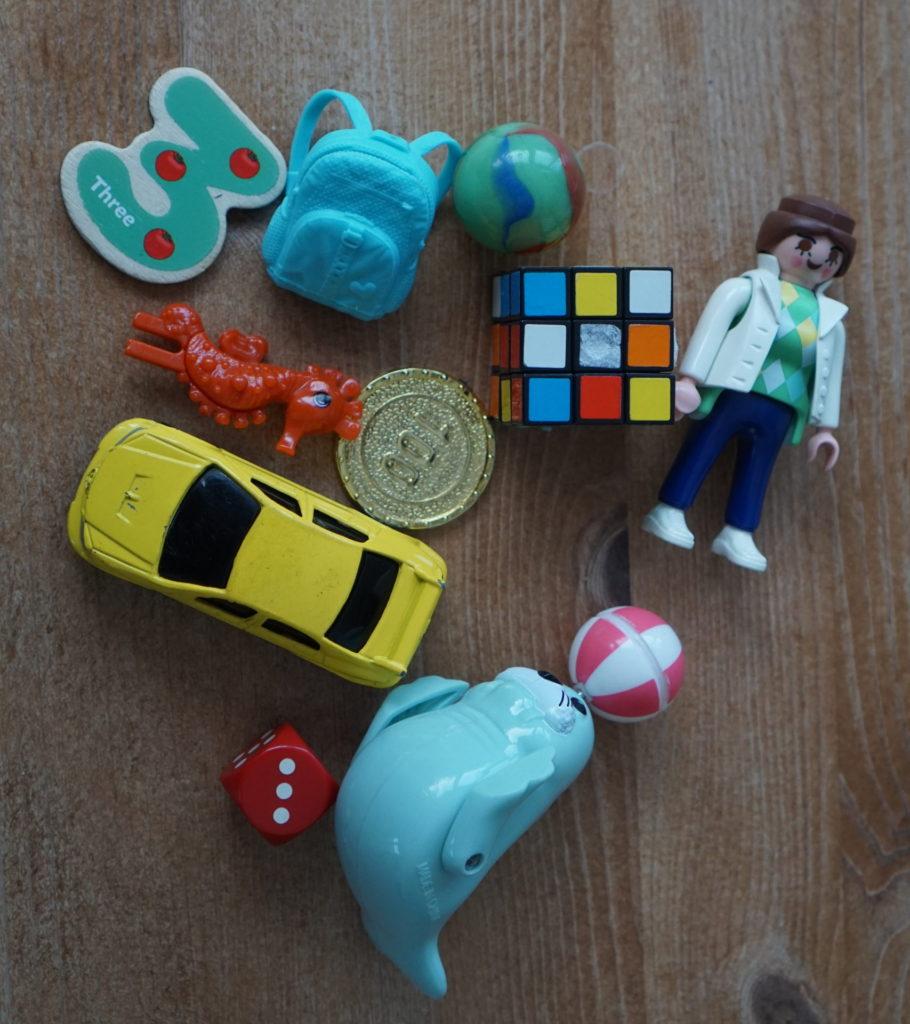

- A pen. This is the one that we often forget! Take a pen along with you so that you can contribute to the logbooks in the caches that you find.
How to Geocache – Step by Step guide
Step 1: Choose a Geocache
Log on to the Geocaching.com website and search for geocaches near you:
If you are just starting out, I would suggest choosing geocaches with a difficulty rating of 1 or 2. This will give your children a good chance of finding the geocache, whilst you are getting used to the types of places they tend to be hidden.
There are a few different kinds of geocache, including puzzle caches and multi-site caches. To start with, I suggest choosing traditional caches which are shown on the Geocaching map with a green circle and a cache box (see picture).


To avoid disappointment, I would suggest planning a route with several geocaches, just in case you can’t find the first one. It’s also worth checking the geocache’s activity log to see whether it has been found recently.
On a phone, you can do this by scrolling down the Geocache’s page and pressing ‘Activity’ (see photo below). On a computer, go to the geocache’s page, and select ‘view all logs’ on the right hand side of the page (see photo below). If the top few entries show a sad face emoticon and the acronym ‘DNF’ that means that the person ‘did not find’ the geocache, and it is possible that it has been lost or damaged.
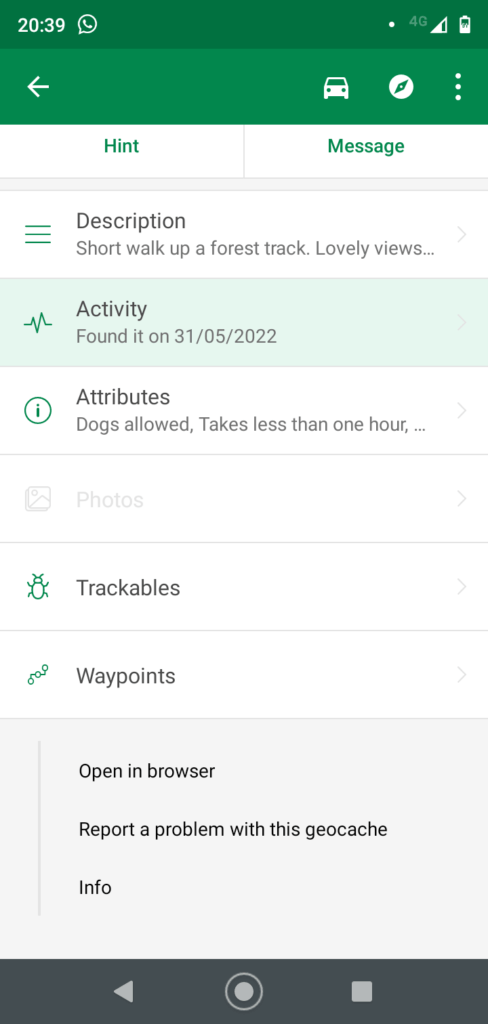

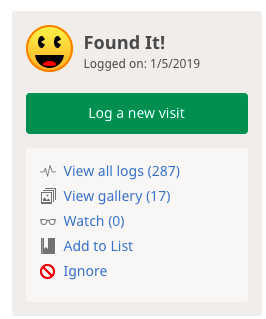

Make a note of your chosen geocaches. On a GPS unit, you will need to download the coordinates ready to hunt for them. On your phone, you could add the caches to a list on the app.
Step 2: Navigate to the Geocache
You can navigate to the cache using three tools:
- The Geocaching App map will show you where the cache is in relation to geographic features like paths, water and woodland.
- The Geocaching App compass will show you which direction to go in if you are walking on open ground.
- Once you get close to the cache, you can use any hints given to help you narrow down the location.
But you will also need to use your eyes! Look around the area. Is there a gate or bench that might have a tiny magnetic cache attached to it? Is there a tree that could be hollow? Could it be hidden in plain site inside an object like a pretend bug or log?
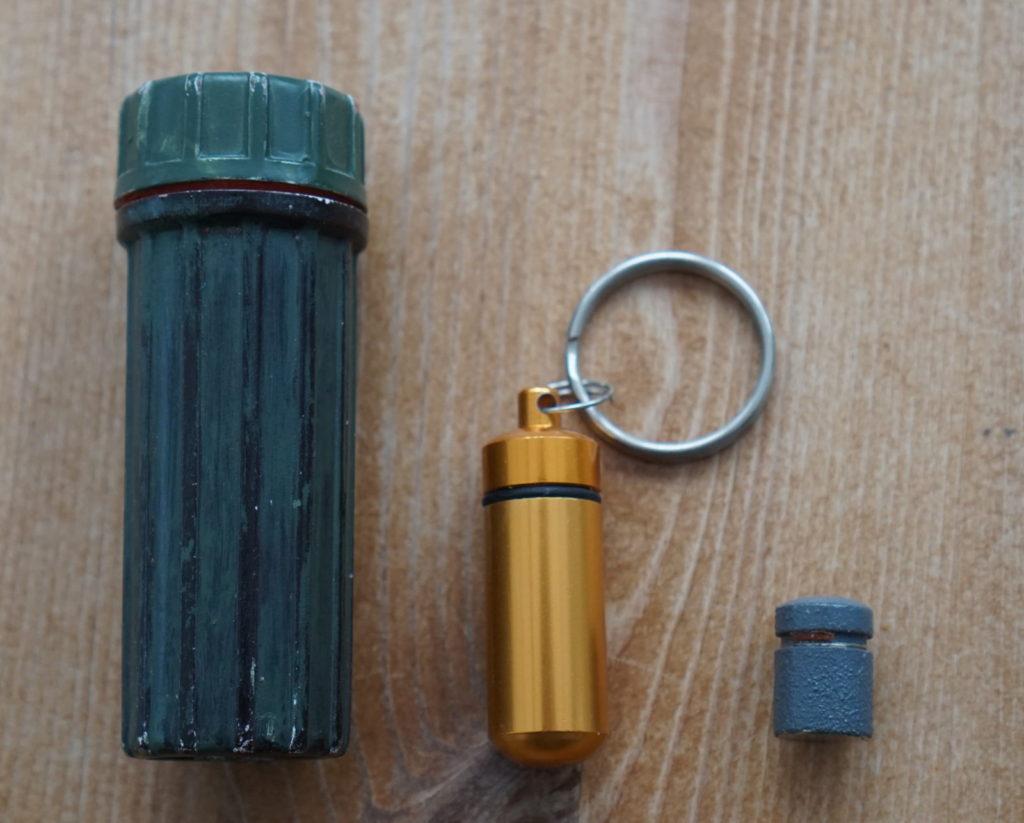

If you have a good idea of where the cache might be, you can give your kids some additional clues to help them narrow down the location themselves. They will be so thrilled if they are the ones to find the cache!
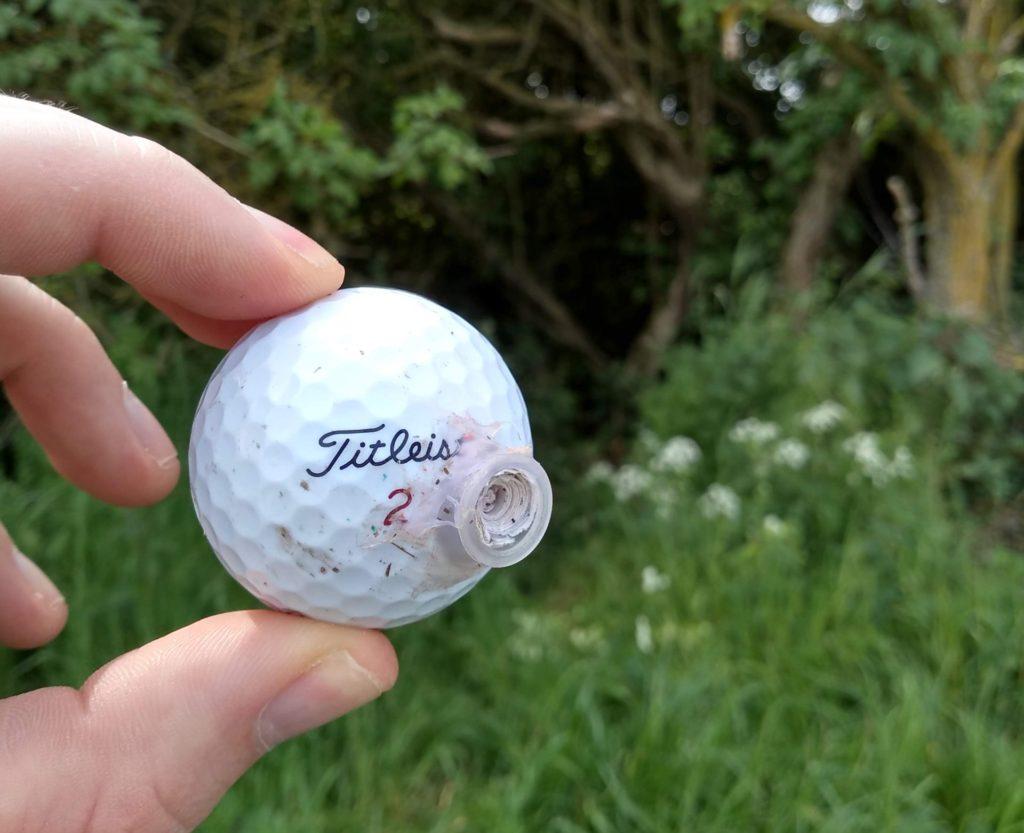

With practice, you will get better and better at guessing where the geocache might be. My children now sometimes find geocaches that we aren’t even looking for, because they spot a likely hiding place!
If you are geocaching in urban areas, it’s good to teach your children to be discreet as they handle the geocache. Remind them that it’s a secret treasure hunt! Caches are more likely to last if you don’t draw attention to them.
Step 3: Log your results
Whether you find the cache or not, it’s time to log your results. On the Geocaching App, click on the geocache and ‘Log Geocache’. You can indicate whether you found the cache or not, and it will pop up as a happy or sad smiley on your map. If you did find the cache, it should have a logbook where you can write the date and your username. Recording that you didn’t find the cache is really helpful too, as it may indicate that the cache has gone missing, or that it is too hard to find.
Like many hobbies, Geocaching comes with its own acronyms. Here are some of the key ones:
- TFTC: Thanks For The Cache
- DNF: Did Not Find
- FTF: First To Find (for a new cache)
- BYOP: Bring Your Own Pencil
- TB: Travel Bug (a type of trackable)
Step 4: Swap some treasures!
Larger caches will have a container of trinkets and other treasures. Now is the time for your children to look through the treasures and pick something to take away if they would like. They can also choose something that they brought with them to leave behind.
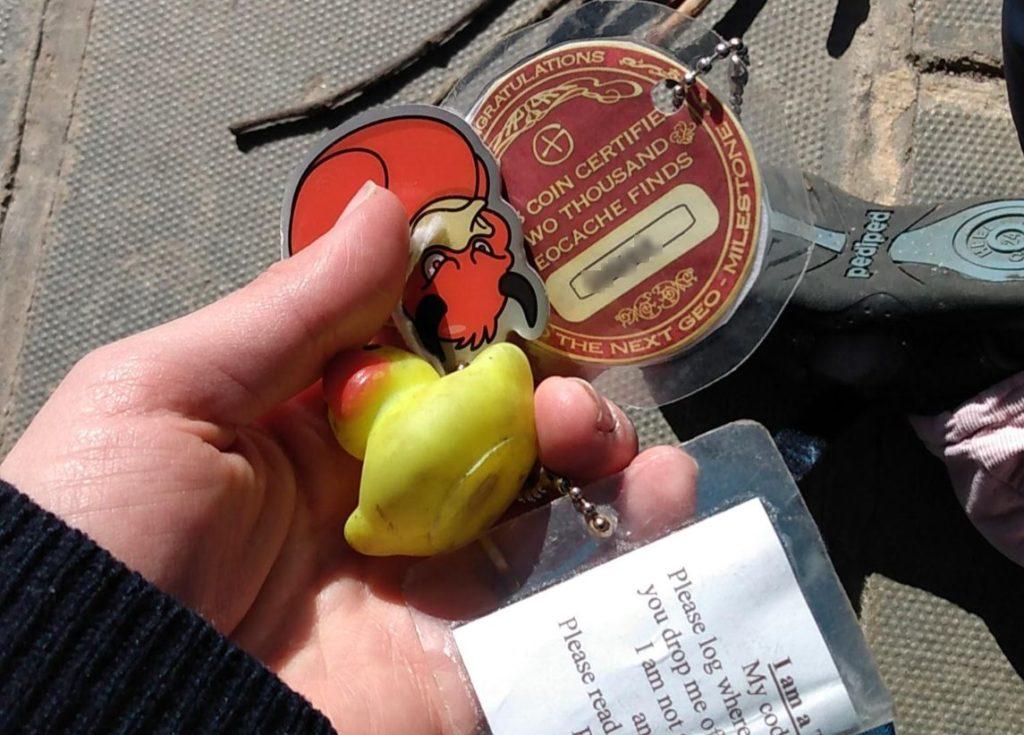

Some caches may also have a trackable or two in them. These are small items which move around the geocaching round, often with a mission. For example, a trackable might want to go as far north as possible, or it might be trying to get home to a particular location. You can look up the unique code on the trackable on the geocaching website to find out its mission. If you think you can help, take it with you, and put it into another geocache to help it on its way. Make sure to record on the app that you have picked it up!
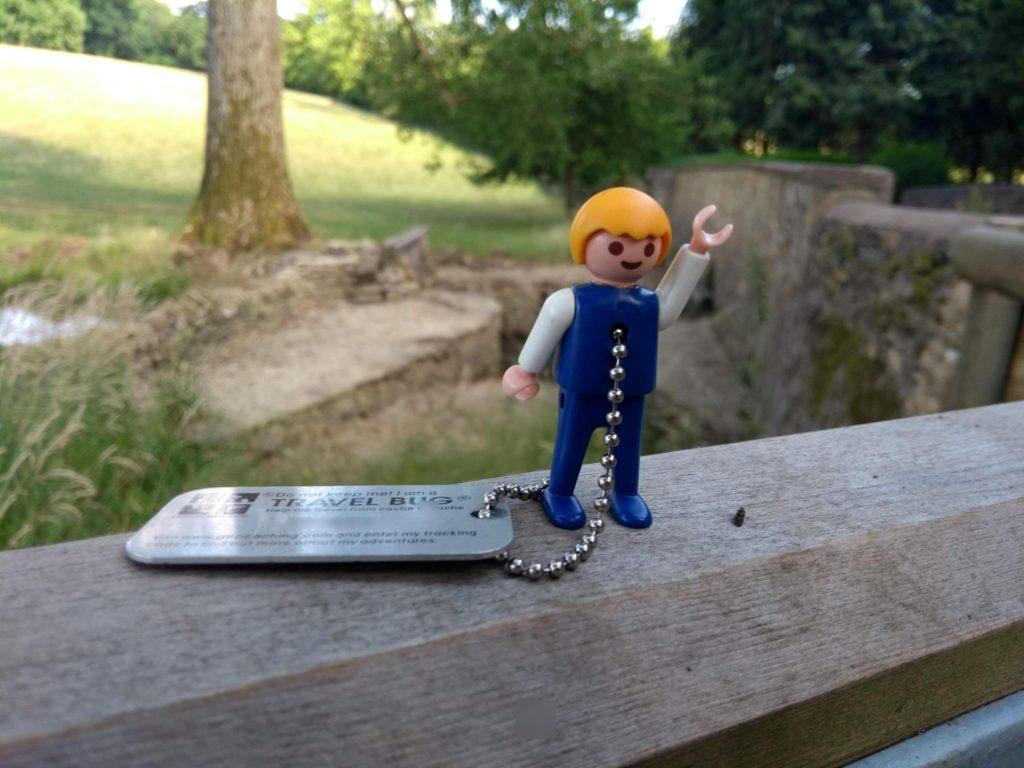

Next Steps
If you had a good time and would like to try again, perhaps plan a route with some slightly harder geocaches, or one with a puzzle to solve. Some of these are pretty tricky, but some are codes that older children will be able to work out.
One fun idea is to send off your own trackable on adventures around the world. You can purchase travel bugs and other trackables, and they make a fun gift idea for someone who enjoys geocaching. You also need to find a keyring or other small object to attach to the trackable’s tag that can be photographed as it travels around different geocaches.
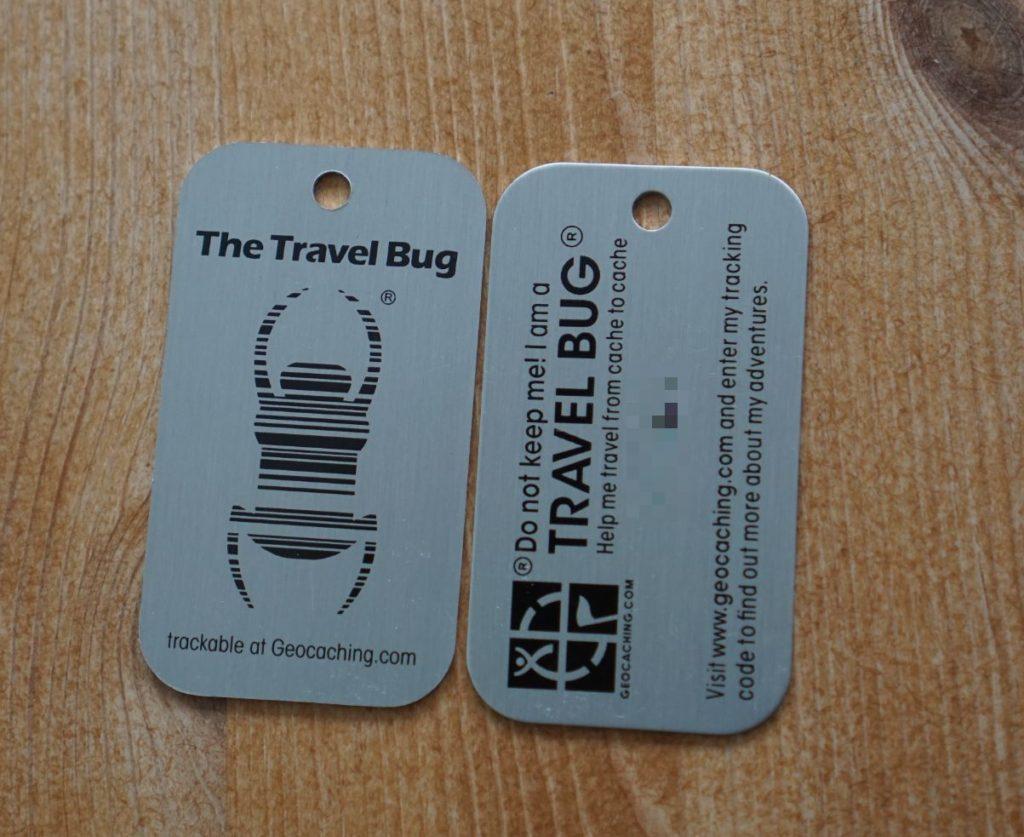

Once you have your trackable ready to go, you need to choose a mission for it. In general, simple missions work better. Perhaps it could be to travel to a particular continent, or to visit lots of beaches, or to travel around the world going eastwards. If you keep it simple, more people are likely to be able to help you on your way.
Also, if you are setting up trackables with children, I would recommend sending off a few. Some trackables inevitably disappear, and if you have a few on the go, it just reduces any disappointment if one gets lost.
The geocaching website can send you updates on what your trackables are up to, and our kids really enjoy seeing pictures of their travel bugs adventuring around the globe!
If you are looking for fun ideas for walks with your children, you may also want to consider Orienteering!

